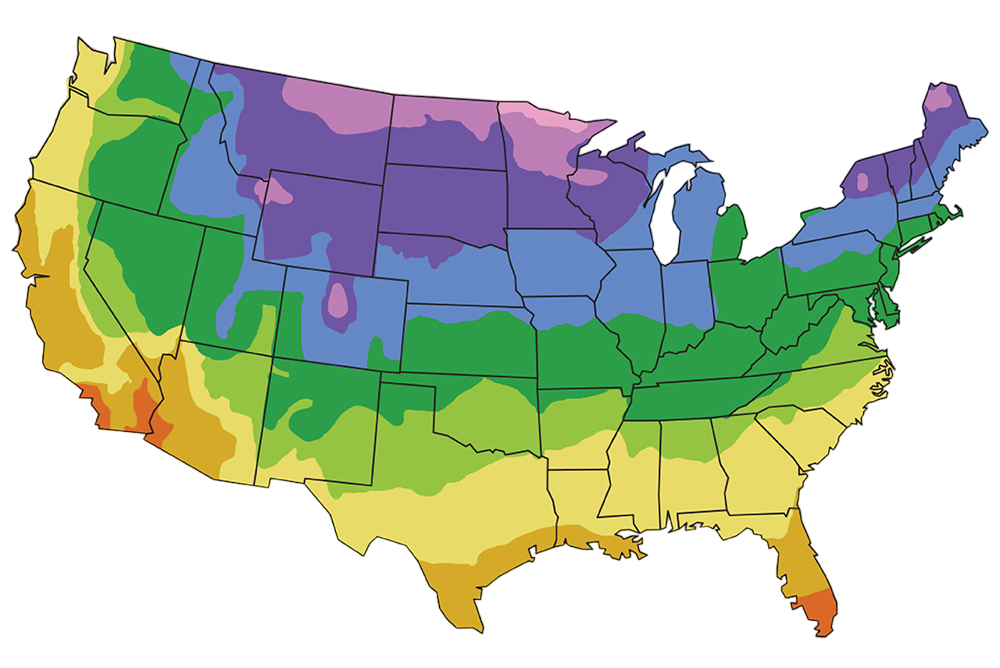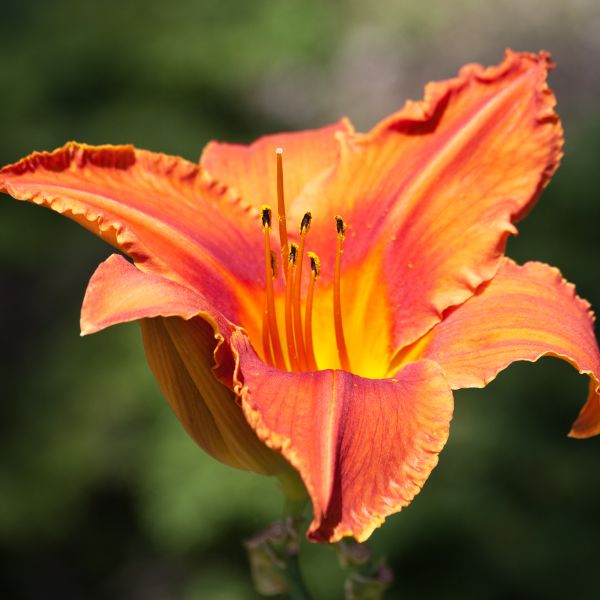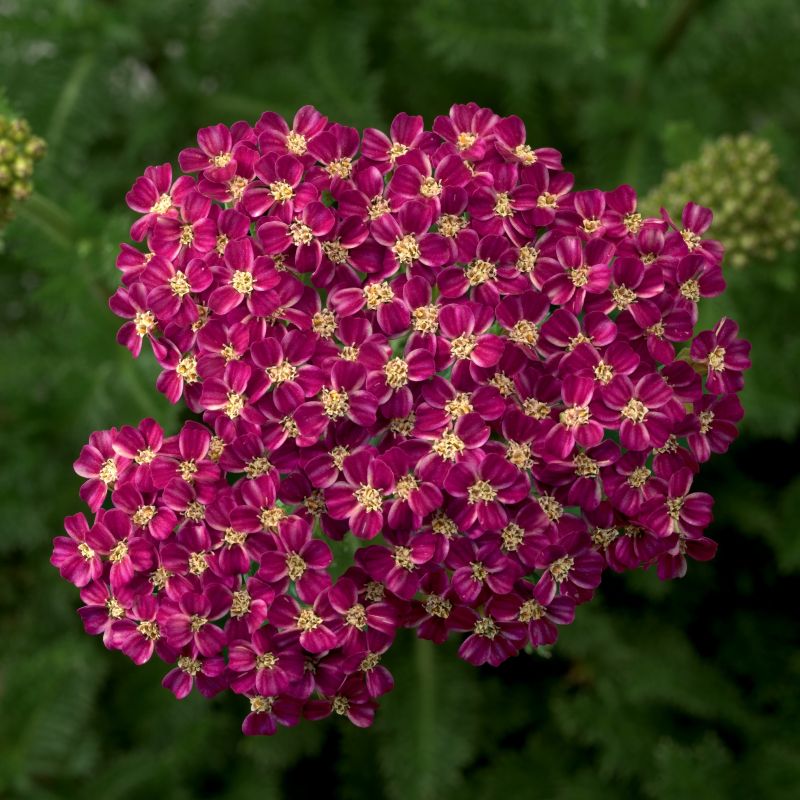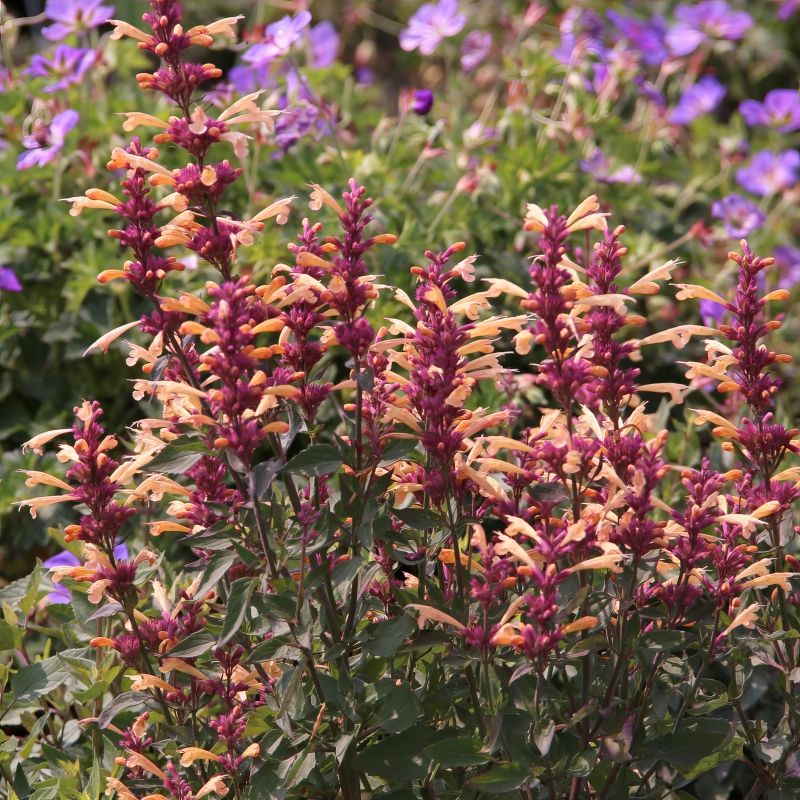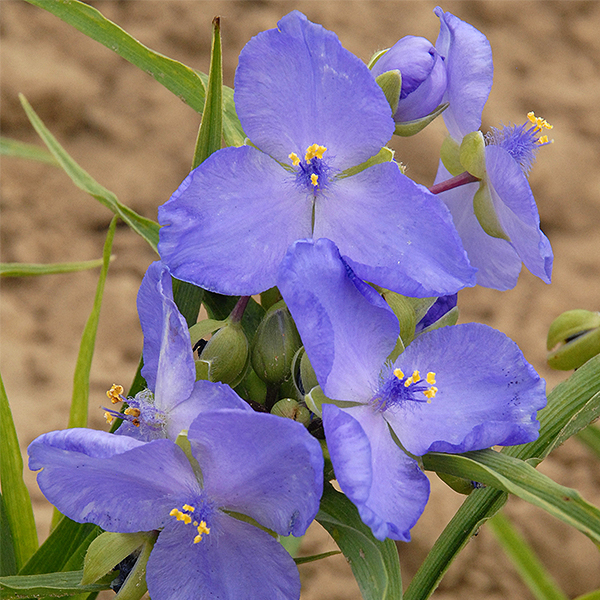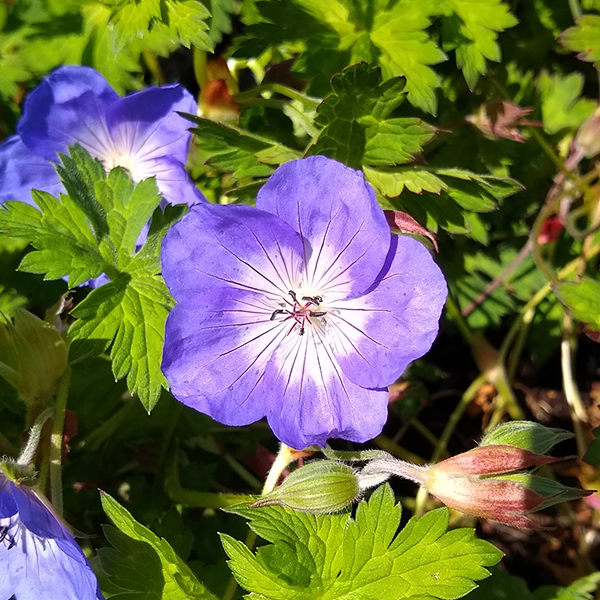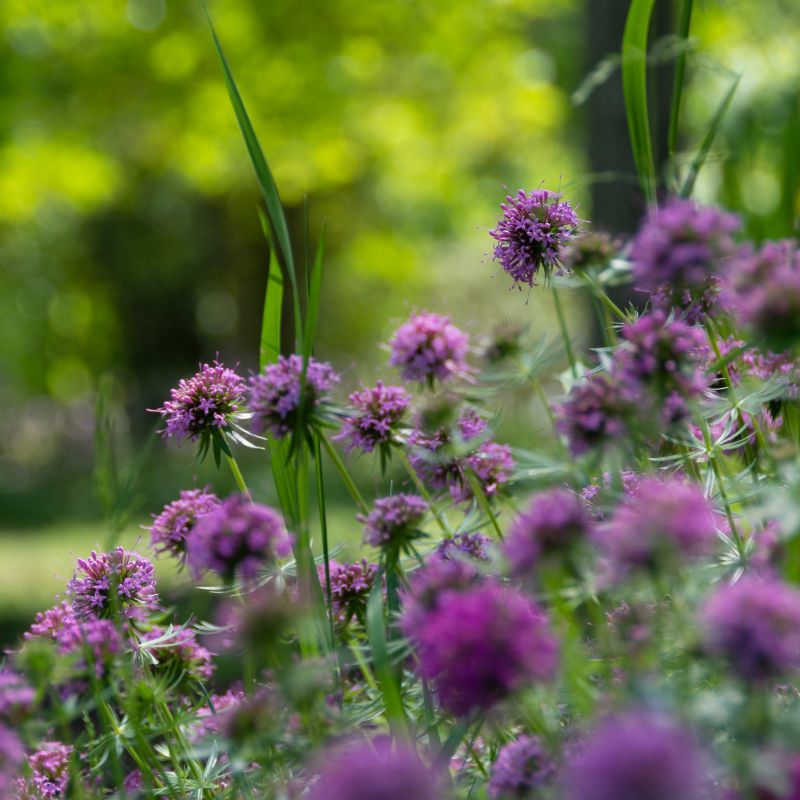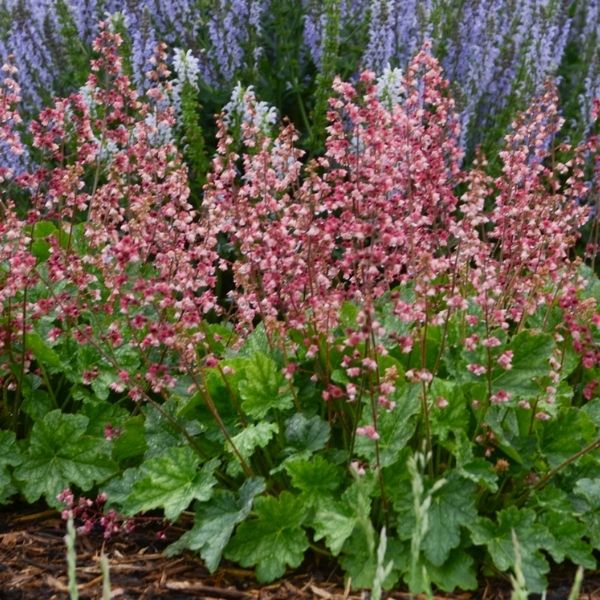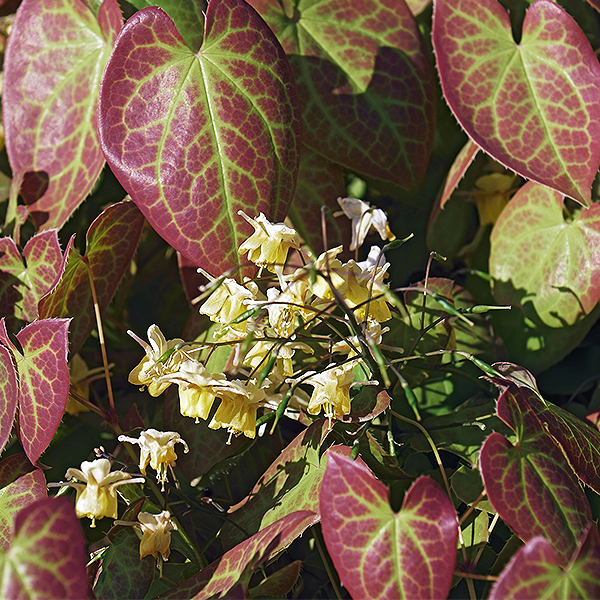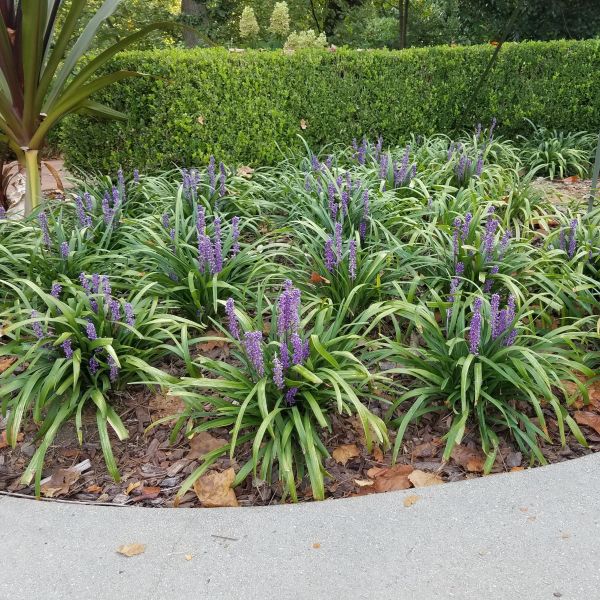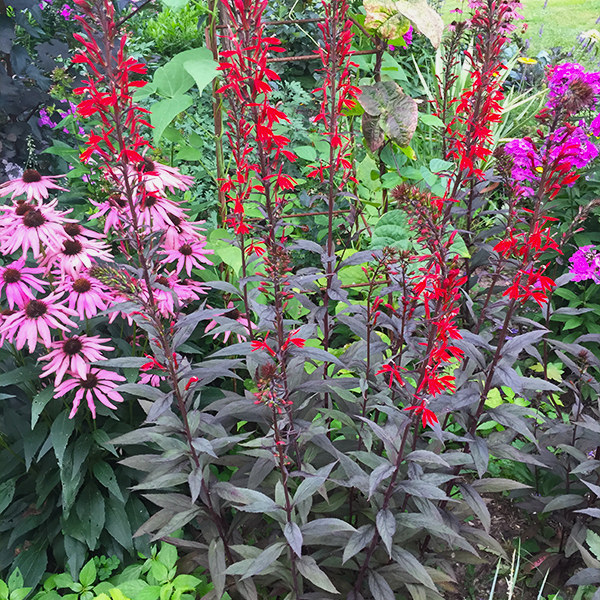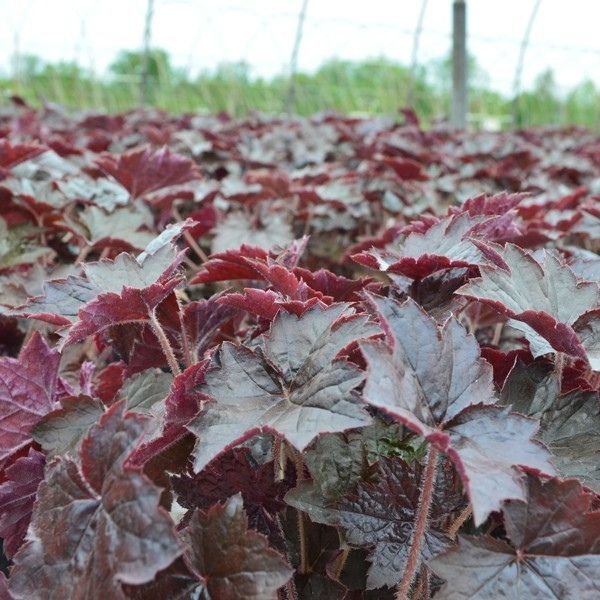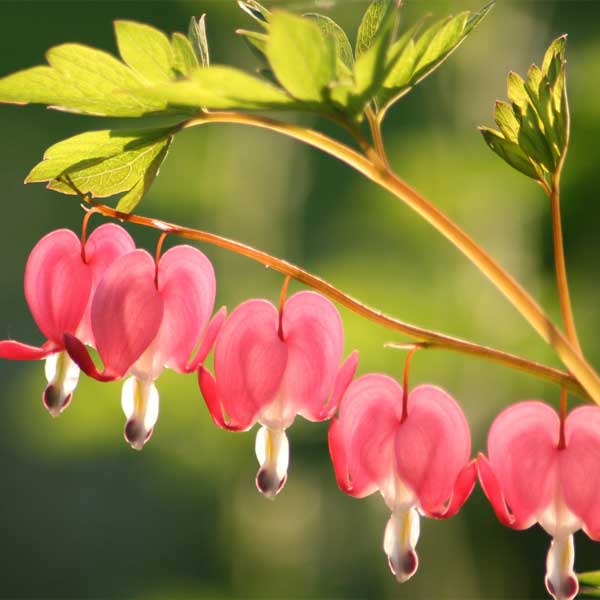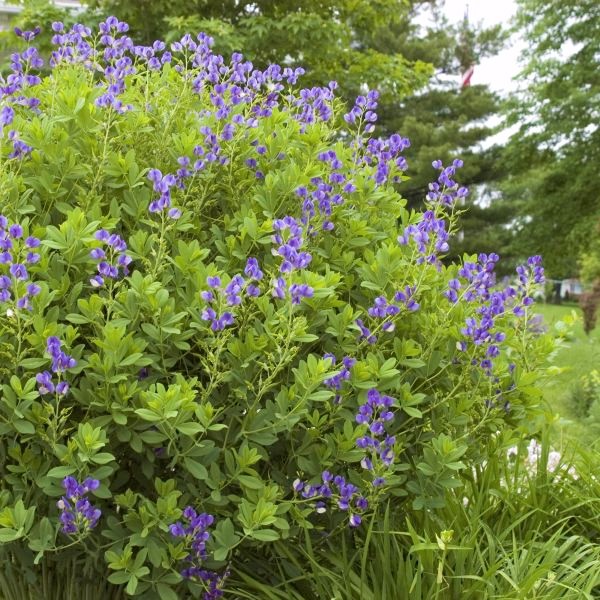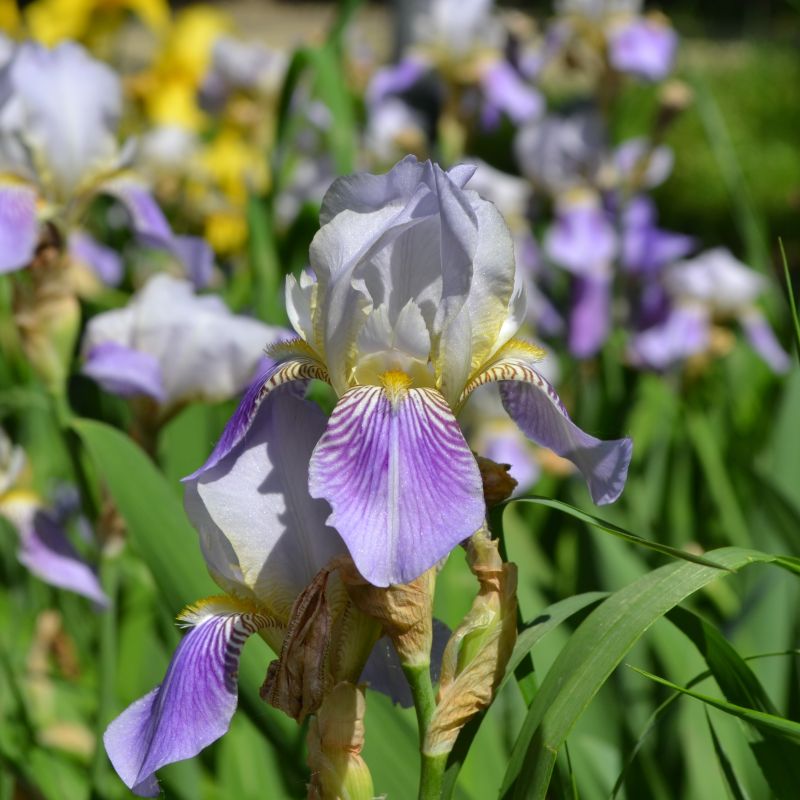
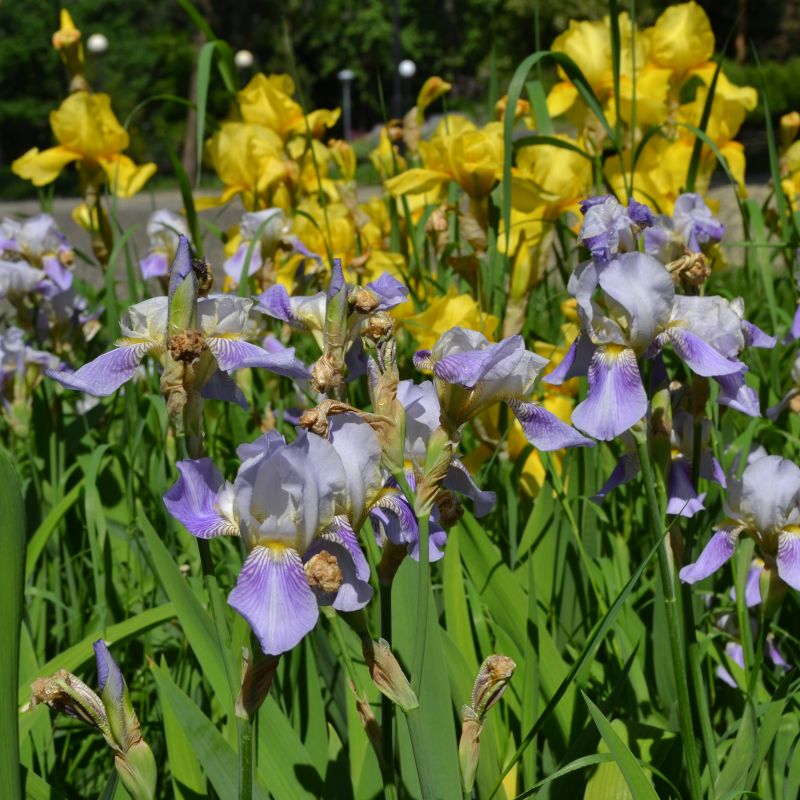
Iris Variegata
Iris ensata 'Variegata'
14 reviews
Iris Variegata
Iris ensata 'Variegata'
14 reviews
- Beautiful white and green variegated foliage
- Drought tolerant once established
- Attracts pollinators such as bees and butterflies
- Recommended by landscape designers for optimal fit in real yards
$36.00
$52.00
30% Off
- Ships to 43215 in 3 to 7 days
- Free Shipping Over $150
- Plant Arrival Guarantee
- In Stock
- Free Plant Consult
$200 - Landscape-Approved: Every Plant We Sell Comes With Design Expertise Behind It
Premium 1 Gallon
Not just beautiful - intentionally selected by ShrubHub's 3D landscape design team to fit real-world spaces and maximize yard potential.
Why Iris Variegata?
Iris Variegata, also known as Iris ensata 'Variegata', is a striking perennial plant with unique variegated foliage. This iris variety produces beautiful lavender-blue flowers with a yellow and white patterned center, adding a splash of color to any garden or landscape. It thrives in moist, well-drained soil and is a low-maintenance plant that attracts pollinators like bees and butterflies.
People who loved this plant also bought
Sunlight
Iris Variegata prefers full sunlight to partial shade, with at least 6 hours of direct sunlight per day to thrive. Adequate sunlight exposure is essential for the plant to produce strong and healthy blooms in the spring and summer.
Watering
Iris Variegata requires regular watering during the growing season, but it does not like to sit in waterlogged soil. Water deeply once a week or when the top inch of soil feels dry. Reduce watering in the winter months to prevent root rot.
Fertilizing
Iris Variegata generally benefits from a balanced fertilizer with a higher ratio of phosphorus, such as a 10-10-10 or 5-10-10 blend. Fertilize in early spring before new growth appears, and once again after flowering to help promote healthy growth and vibr
Iris Variegata (Iris ensata 'Variegata')
The Iris Variegata, also known as Iris ensata 'Variegata', is a stunning perennial plant that adds a pop of color and interest to any garden. This variety of iris features striking variegated foliage, with green and white leaves that provide year-round visual appeal. In the summer months, the Iris Variegata produces beautiful blooms in shades of purple, blue, white, or pink, depending on the specific cultivar.
This iris thrives in moist, well-drained soil and prefers full sun to partial shade. It is a low-maintenance plant that requires minimal care and attention once established. With its unique foliage and vibrant flowers, the Iris Variegata is perfect for adding texture and color to borders, rock gardens, or water features.
Whether planted as a focal point or mixed in with other perennials, the Iris Variegata is sure to bring beauty and elegance to your outdoor space.
Plant Information:
| Botanical Name: | Iris ensata 'Variegata' |
| USDA Zones: | 4 - 8 |
| Water: | Moderate to High - Tolerates Wet Soil |
| Exposure: | Full Sun |
| Soil Needs: | Well-Drained |
| Mature Height: | 24 inches |
| Mature Spread: | 18 - 24 inches |
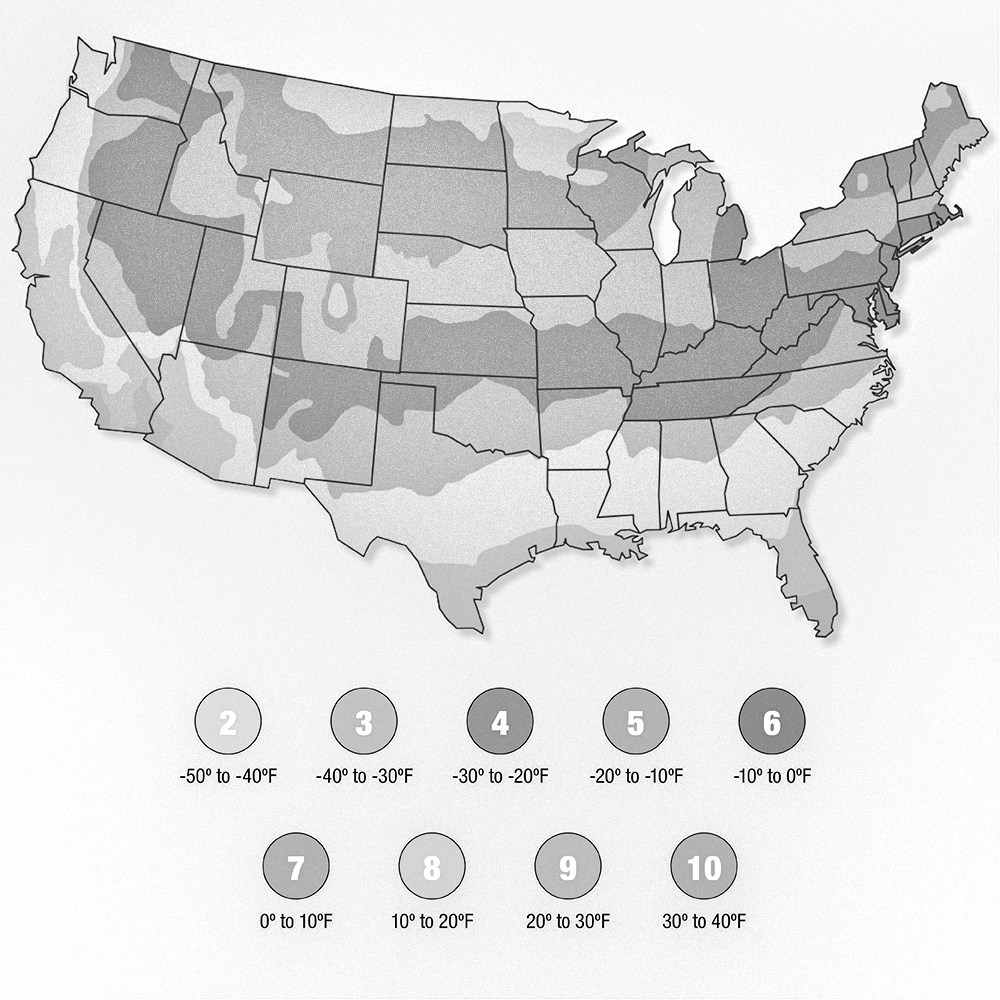





Pollination Info
Pollination Info for Iris Variegata (Iris ensata 'Variegata')
Iris Variegata, also known as Iris ensata 'Variegata', is a beautiful flowering plant that belongs to the Iris family. When it comes to pollination, Irises primarily rely on various insects for the transfer of pollen between flowers.
Pollination Process:
Bees are the main pollinators of Irises. They are attracted to the bright colors and sweet nectar of the flowers. As bees land on the flower to collect nectar, they inadvertently brush against the pollen-producing anthers, picking up pollen on their bodies.
Pollen Transfer:
When the bees fly to another Iris flower in search of nectar, they inadvertently transfer the pollen from their bodies to the receptive stigma of the second flower. This pollen transfer is essential for the fertilization of the flower, leading to the production of seeds.
Seed Production:
Once the pollen reaches the stigma of the flower, it travels down the style to fertilize the ovules, which eventually develop into seeds. The seeds are dispersed in various ways, such as wind dispersal or through the help of animals.
FAQ
Iris Variegata (Iris ensata 'Variegata') FAQ
What is Iris Variegata?
Iris Variegata, also known as Iris ensata 'Variegata', is a type of iris plant that is known for its distinctive variegated leaves and striking flowers. It is a popular choice for gardens and landscapes due to its unique beauty.
How do I care for Iris Variegata?
Iris Variegata requires well-drained soil and plenty of sunlight to thrive. It should be watered regularly, especially during periods of drought. Deadheading the flowers after blooming can help promote more blooms. Additionally, dividing the plant every few years can help maintain its health and vigor.
When does Iris Variegata bloom?
Iris Variegata typically blooms in late spring to early summer, producing colorful flowers that add a pop of color to any garden.
Is Iris Variegata deer-resistant?
While no plant is completely deer-proof, Iris Variegata is known to be deer-resistant due to its bitter taste and toxic properties. However, in times of extreme hunger, deer may still nibble on the plant.
Can I grow Iris Variegata in a container?
Yes, Iris Variegata can be grown in a container as long as the container has good drainage and is large enough to accommodate the plant's root system. Be sure to water and care for the plant as you would if it were planted in the ground.
Planting & Care
Planting & Care for Iris Variegata (Iris ensata 'Variegata')
Planting: Iris Variegata, also known as Iris ensata 'Variegata', prefers moist, well-drained soil that is slightly acidic. When planting, make sure to choose a location that receives full sun to partial shade.
Watering: Water your Iris Variegata regularly, especially during the growing season. Make sure the soil is consistently moist, but not waterlogged. Avoid overhead watering to prevent rotting of the leaves.
Fertilizing: Feed your Iris Variegata with a balanced fertilizer in the spring and early summer to promote healthy growth and blooming. Avoid fertilizing in late summer or fall to prevent excessive growth.
Pruning: Remove faded flowers and yellowing leaves to maintain the plant's appearance and encourage more blooms. Cut the flower stalks down to the base once they have finished blooming.
Division: Iris Variegata should be divided every 3-4 years to prevent overcrowding and encourage healthy growth. Divide the rhizomes in late summer or early fall, replanting the healthiest sections.
Pests and Diseases: Keep an eye out for pests such as aphids and iris borers, which can damage the plant. Prevent diseases like root rot by ensuring proper drainage and watering practices.
Winter Care: In colder climates, provide a layer of mulch or straw to protect the rhizomes from frost. Cut back the foliage in the fall once it has died back naturally.
Check Out These Verified Customer Reviews:
Customer Reviews
4.4 out of 5 based on 14 reviews
Thank you! Your review has been submitted.
Customer service was attentive and helpful, answered all my questions promptly.
Highly recommend Iris Variegata, great quality and excellent customer service.
Great quality iris plant.
Item has been added to your cart.

